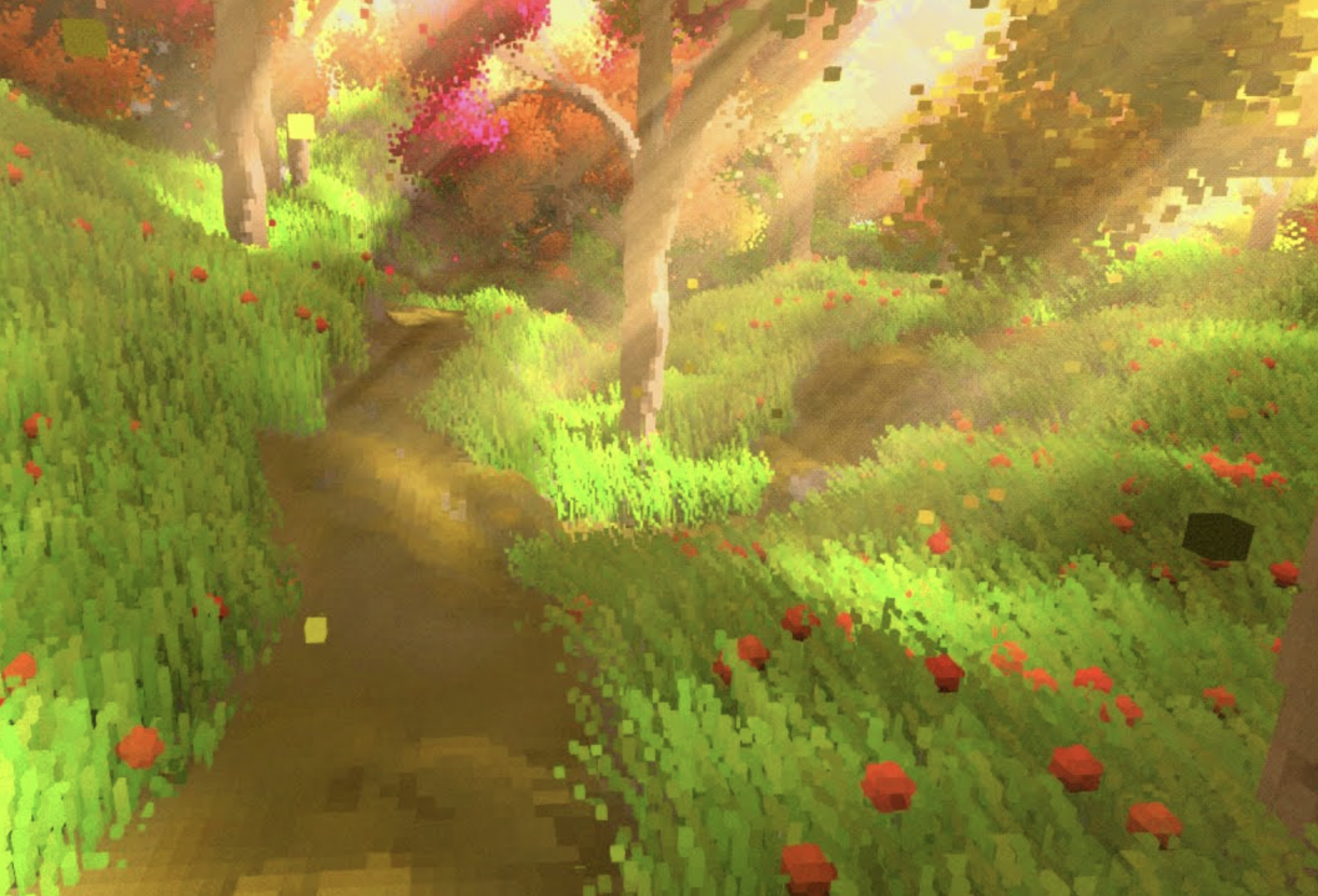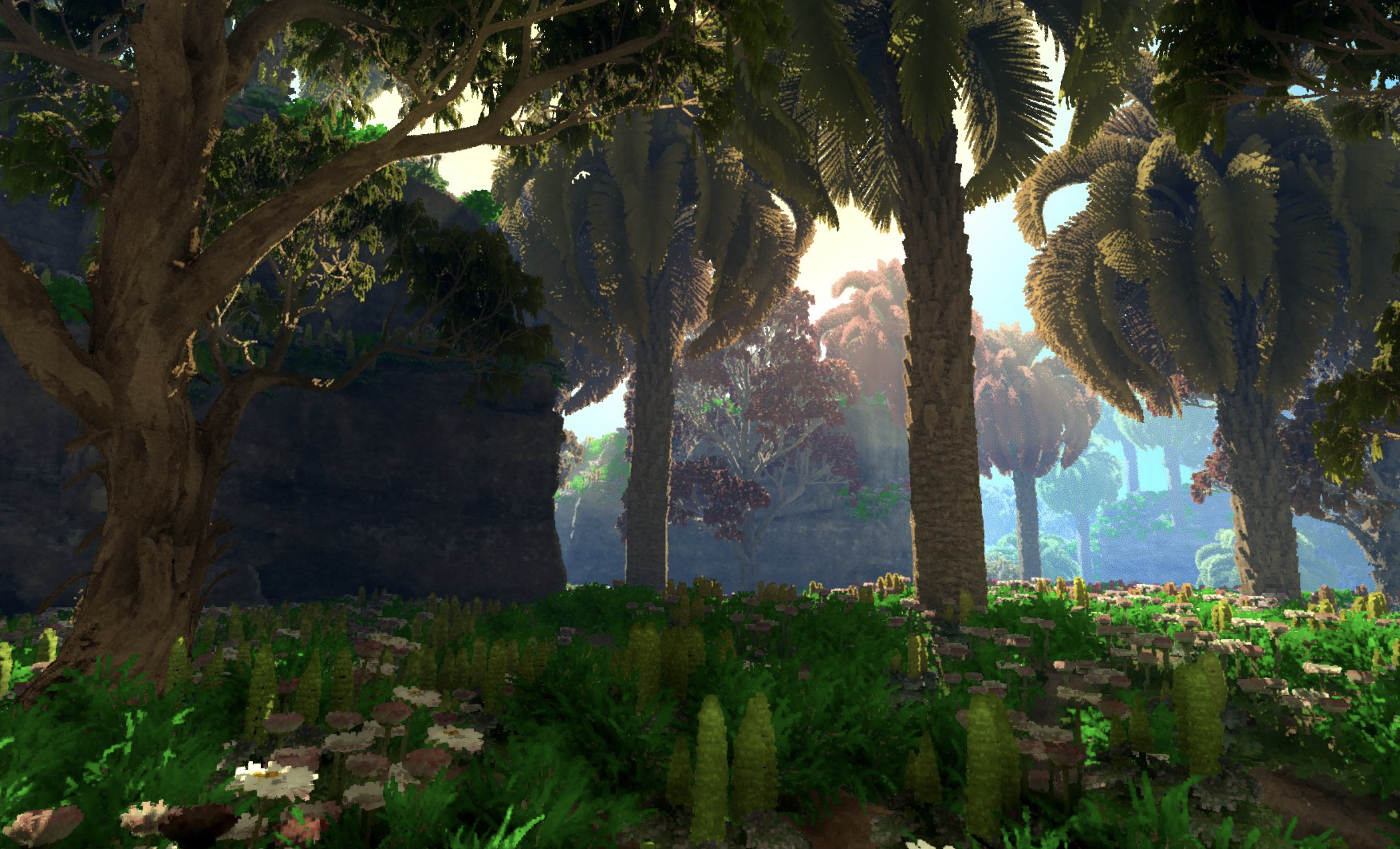
It's true, John Lin (@ProgrammerLin on Twitter) hasn't recently posted on his personal blog Voxely and his YouTube channel hasn't been updated in over 3 years.
While it's common for voxel engine developers to show up after a long pause with new updates, will there ever be another demo showcasing next ground breaking tech?
John Lin's most recent live interaction seems to be the "liking" of another voxel engine developer's (Gabe Rundlett) Twitter post, dated as early as March 27th, 2024.
This means Lin is alive and well and most likely already working on the next version of his voxel engine, or trying out new geometry and architecture for future demos.
It's fair to say that his engine is one of the most advanced examples of real time voxel rendering to date.
John Lin's voxel engine has revolutionized the way we think about voxel-based graphics, introducing new standards for performance and efficiency.
John Lin's work is significant due to his innovative approach to voxel rendering and optimization. His engine leverages the latest advancements in GPU technology, making it one of the fastest voxel engines available today. By utilizing real-time ray tracing capabilities of Nvidia RTX series and AMD RX series graphics cards, Lin's engine achieves stunning visual effects and exceptional performance.

One of the standout features of John Lin's voxel engine is its dynamic Level of Detail (LOD) system. This system allows for the efficient management of voxel data, ensuring that only the necessary details are rendered at any given time. This reduces the load on the GPU and prevents performance bottlenecks, enabling smoother and more responsive gameplay.
Lin's engine also excels in data management between the CPU and GPU. During the initialization phase, it smartly funnels segments of the voxel world data to the GPU in manageable parts, maintaining high performance without overwhelming the GPU. This approach ensures that the voxel engine remains agile and capable of handling complex scenes with ease.
To fully appreciate the innovation behind John Lin's voxel engine, it's essential to understand its overall architecture. Each component, from data management to rendering techniques, plays a crucial role in its success. Lin's comprehensive understanding of these elements has enabled him to create an engine that stands out in the competitive field of voxel-based graphics.
While many might struggle with implementing efficient algorithms or optimizing performance, Lin's engine demonstrates the importance of a holistic approach. Utilizing AI platforms like ChatGPT, Bard, Devin, or Claude can aid in understanding these concepts, but true mastery comes from a deep understanding of each component's role within the engine.
This voxel tutorial site was created to help developers grasp the fundamental principles behind these optimizations, inspired by John Lin's pioneering work.
Creating a voxel engine is a complex endeavor, even with the wealth of resources available online. Understanding individual optimizations and rendering techniques, like instancing, is just the beginning. Successfully integrating these techniques to build a high-performance engine requires a deep understanding of how they interact and complement each other.
Optimizations are at the heart of Lin's voxel engine. Achieving fast and efficient performance requires a combination of techniques working in harmony. A solid foundation in computer programming is essential for anyone looking to follow in John Lin's footsteps and create their own voxel engine.
© 2024 Voxel Engine Tutorial. All Rights Reserved. | Privacy Policy | Terms of Service